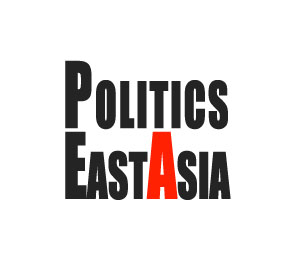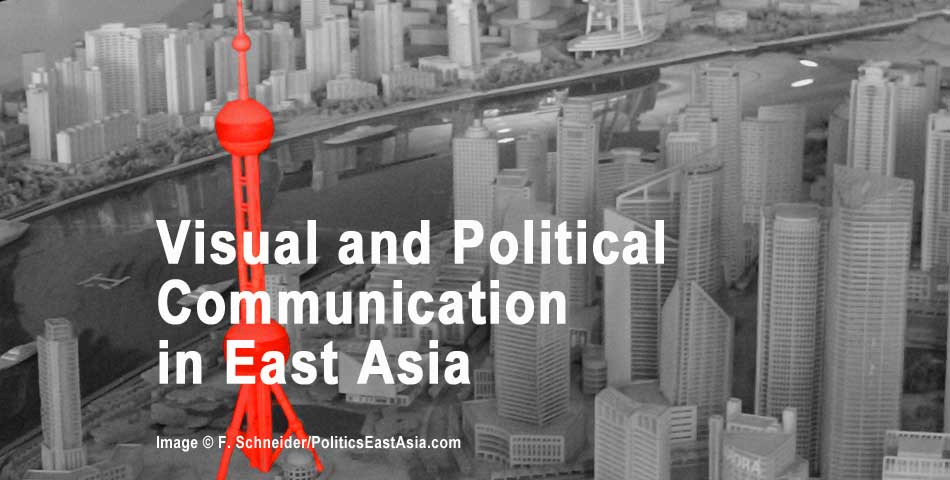Introduction to Visual and Political Communication in East Asia
Politics is communication. From the negotiations that lead to policy decisions to the ways in which those decisions are relayed to citizens, from the written documents that codify norms to the way in which those norms are discussed throughout society, communication is at the core of all political activities.
In an age of ubiquitous mass-media, political communication has become increasingly complex, often working on levels beyond the mere verbal messages. Leaders in East Asia have long deployed messages that function in different “modes”, such as the visual, in the service of their political agendas. Japanese politicians deploy Japanese pop culture to advance their ideas, Taiwanese politicians battle each other over the use of nationalist symbols, and Chinese political actors translate the CCP Party-line into film, television, and online media.
These political communication practices are more than “spin”. They draw from frameworks of meaning to allow people to “make sense” of the political world, and in turn shape what large parts of a society holds to be true. This process of contemporary political communication is by no means specific to East Asia. But studying these processes in East Asia provides a unique entry-way into diverse strategies on how to communicate politics, and valuable insights into the diverse range of effects that these strategies have. What is more, comparisons across the region have the power to demonstrate how seemingly antagonistic political systems such as authoritarianism and liberal democracy are at times not that different in the tools that their political elites use to successfully define the parameters of their policies.
PoliticsEastAsia.com explores how such processes work in different settings and across different kinds of media. It spells out a research agenda that does three things:
- Moving beyond “text”: Political communication happens not only in spoken and written words, but in a range of other modes like the visual and acoustic. How these different modes interact when someone transmits a political message needs to be a fundamental part of any comprehensive political communication analysis.
- Exploring the “context”: context is crucial to the workings of political communication. It matters what socio-historical conditions provided the background for a political statement. To understand the relevance of political content, the processes that produced that content need to be taken into account.
- Taking “cognition” seriously: theorizing about political communication needs to acknowledge that such communication is made possible by the complex interactions inside and between human minds. Communication is a cognitive process.
PoliticsEastAsia.com takes this nexus of multi-modality, situatedness, and human mental processes as its starting point to analyse and debate a fascinating range of political communication practices, such as media events, architectural projects, popular mass-art in cinemas and on TV, and mass-mediated political gestures and rituals.
Share This Post, Choose Your Platform!
One Comment
Comments are closed.



[…] It is about institutions, decision-making, and legal codification. But maybe more importantly, politics is about communicating. Whenever a political leader gives a speech, a talk-show discusses current affairs, or a public […]